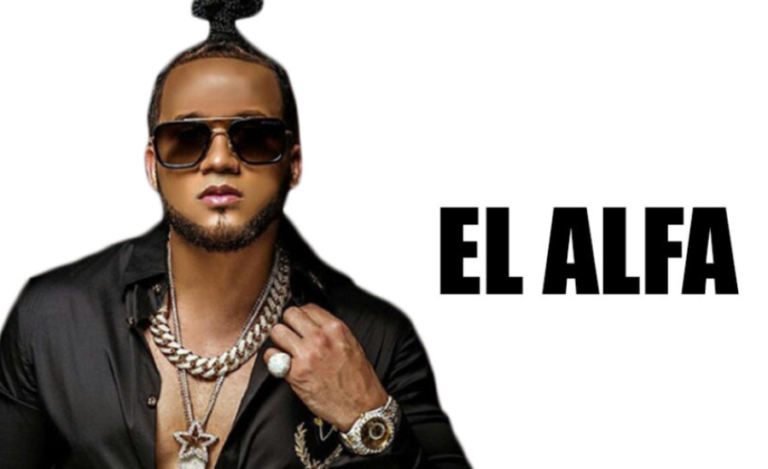Werkiehijomz: A New Frontier in Experiential Learning and Innovation
Introduction to Werkiehijomz
In the evolving world of education and innovation, traditional learning systems are being outpaced by emerging models that fuse technology, collaboration, and experience. One such groundbreaking system is Werkiehijomz—a unique framework that seamlessly combines virtual reality (VR), augmented reality (AR), team-based learning, and practical experimentation. Unlike conventional systems that rely heavily on theory and passive learning, Werkiehijomz is designed for learners who want to engage, create, and solve.
This article explores the core philosophy behind Werkiehijomz, how it works, its benefits, and the future possibilities it unlocks for both individuals and institutions.
The Philosophy Behind Werkiehijomz
At its core, Werkiehijomz promotes active participation over passive consumption. The goal is to shift the learner’s role from a listener to a doer. Learning becomes meaningful when students not only understand concepts but also apply, question, and innovate based on those concepts.
Werkiehijomz operates on three core pillars:
- Immersive Technology
- Hands-on Experimentation
- Collaborative Problem Solving
These pillars aim to create a loop of continuous learning, where every failure becomes a learning point and every success becomes a building block for further innovation.
Integrating VR and AR into Education
Traditional classrooms are often limited by time, space, and physical resources. Werkiehijomz overcomes these barriers using Virtual Reality (VR) and Augmented Reality (AR). These technologies offer a simulated yet real-feeling environment where learners can:
- Perform virtual surgeries in a safe setting.
- Build complex machines without needing actual parts.
- Explore historical events by virtually “walking through” them.
- Collaborate with other learners around the globe in shared virtual spaces.
VR and AR under Werkiehijomz are not used for novelty. They are used strategically to deepen understanding and improve recall by immersing the learner in multi-sensory experiences.
Hands-On Learning: Making Theory Tangible
One of the unique features of Werkiehijomz is that every lesson, no matter how conceptual, has a practical component. This could be a physical task, a digital simulation, or a real-world project.
Examples include:
- Engineering students building actual prototype bridges after studying structural dynamics.
- Art students using AR to overlay historical painting styles on their own canvases.
- Medical learners practicing CPR with smart dummies that offer real-time feedback.
This learning-by-doing approach ensures that concepts are not just memorized but understood through action.
Teamwork and Collaboration
Werkiehijomz doesn’t just train individuals—it shapes collaborators. Learners are grouped into small teams where they brainstorm, plan, execute, and reflect together. This approach simulates real-world environments, such as corporate teams, design labs, or research departments.
Every project inside the Werkiehijomz system requires:
- Role definition (project lead, researcher, tester, etc.)
- Collective decision-making
- Peer evaluation
- Team retrospectives
These collaborative activities build skills like communication, negotiation, accountability, and empathy—skills often ignored in traditional education systems.
Adaptive Learning Pathways
No two learners are the same. Werkiehijomz addresses this through adaptive learning tracks. Each learner’s journey is customized based on their strengths, weaknesses, preferences, and pace. The system uses inputs such as performance data, feedback loops, and participation logs to offer a learning experience that grows with the individual.
Some learners might benefit from more virtual simulations, while others may require real-world field tasks. The Werkiehijomz algorithm ensures that every learner gets what they truly need to succeed.
Gamification: Learning Meets Engagement
Motivation is a common challenge in long-term learning. Werkiehijomz uses gamification mechanics to keep learners engaged. Instead of grades and tests, learners earn:
- Skill points
- Achievement badges
- Unlockable projects
- Level-ups for performance
These elements tap into intrinsic motivation, making learning fun, rewarding, and continuous. More importantly, gamification helps learners track their progress in visual, meaningful ways.
Real-World Application and Portfolios
Werkiehijomz believes that learning should lead to tangible output. Every learner develops a portfolio of projects that they can showcase to future employers, clients, or institutions. These portfolios include:
- 3D models
- Case studies
- Recorded simulations
- Team feedback reports
- Innovation proposals
This focus on output makes Werkiehijomz highly appealing for employers, as they can assess candidates based on what they’ve built, not just what they’ve memorized.
Use Cases Across Industries
The flexibility of the Werkiehijomz system allows it to be adopted across various industries and academic levels. Some of its current or potential applications include:
Education
- Elementary to post-graduate level learners engaging with interactive syllabi.
- Remote schools using VR labs for science and arts education.
Healthcare
- Trainees practicing surgeries, diagnostics, and emergency care through VR simulators.
- Teams conducting joint patient case reviews in AR-enhanced environments.
Corporate Training
- New employees navigating onboarding processes through gamified modules.
- Managers using role-play scenarios to learn leadership, conflict resolution, and ethics.
Industrial Design
- Engineers and architects co-creating structures in a shared virtual workspace.
- Testing and refining product prototypes using interactive simulations.
Inclusivity and Accessibility
Werkiehijomz is built with accessibility in mind. It supports voice control, subtitles, adaptive interfaces, and alternative learning modes for learners with disabilities. Whether a learner is visually impaired, non-verbal, or neurodiverse, the system can be configured to match their needs.
This commitment to inclusivity means no one is left out of the innovation wave.
The Future Vision of Werkiehijomz
The long-term ambition of Werkiehijomz is to become a global standard for innovation-led learning. Its development roadmap includes:
- AI-guided mentors for learners
- Blockchain-based certification systems
- Fully immersive learning campuses in the metaverse
- Cross-border virtual classrooms with real-time translation
As technology continues to evolve, so will Werkiehijomz—staying ahead of the curve while keeping the learner at the center.





